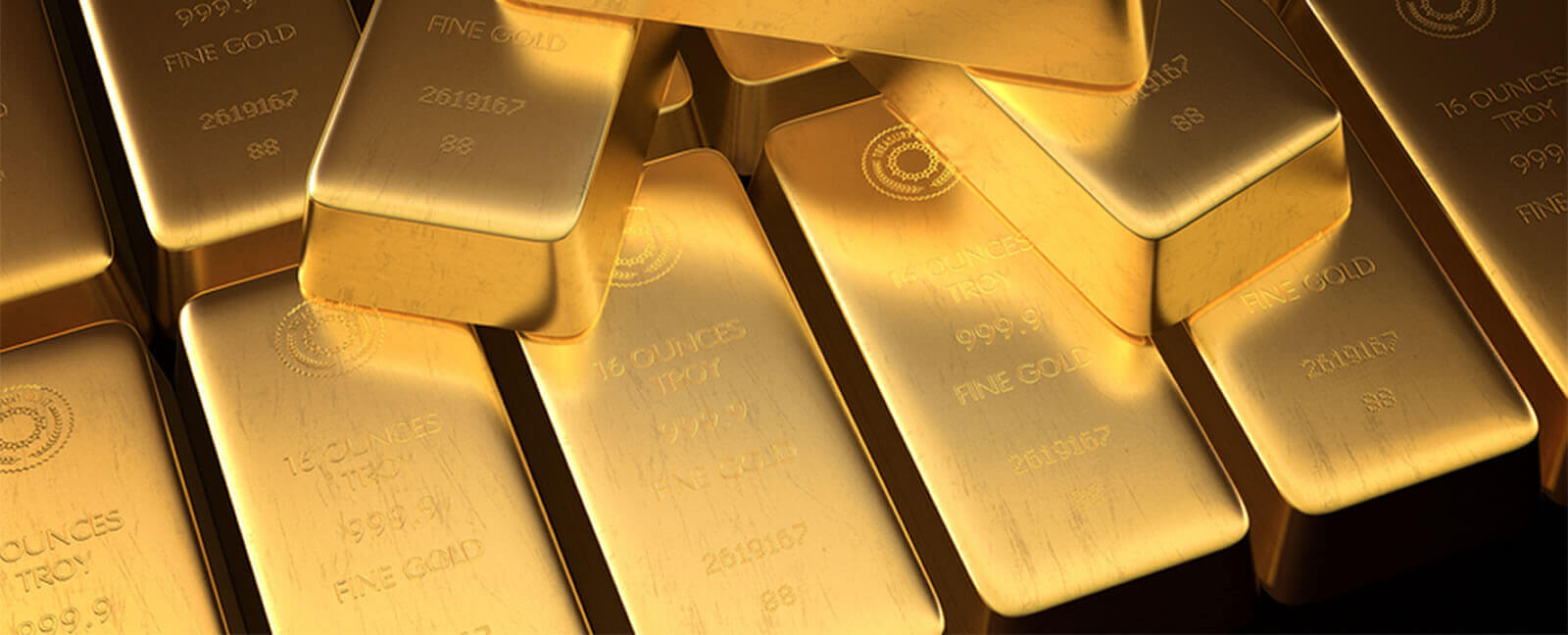At the International Conference on the Future of Asian Countries in Tokyo, the Prime Minister of Malaysia made a surprising proposal: he suggested that Asian countries should come together to create a gold-backed currency. Essentially, he is advocating for a return to the Gold Standard for East Asian countries.
Why a Gold-Backed Currency?
The primary reason behind this proposal is the growing frustration with the dependence on the U.S. dollar. When the dollar experiences instability, it negatively impacts the economies of countries that rely on it. Many governments are beginning to see gold as a more stable alternative to the U.S. dollar or any other fiat currency.
Advantages of a Gold-Backed Currency in Asia
A gold-backed currency could provide the region with several significant benefits:
- Stability: It would eliminate the risks associated with currency fluctuations.
- Market Unification: It could create a unified market for goods, services, and labor.
- Economic Union: It could lay the groundwork for an economic union similar to the European Union.
- Debt Prevention: A gold-backed currency would prevent countries from accruing debt by printing more money.
In Asia, fiat money is not particularly popular. Many people in Asian countries trust gold more than other nations do, largely due to historical economic crises where fiat currencies proved unreliable. For example, during the 1997 economic crisis, the Thai Baht lost 100% of its value, and the Indonesian Rupiah lost 228%. Gold played a critical role in stabilizing these economies. Economic analysts argue that many Asian economies remain unstable, which is why gold continues to be seen as a reliable foundation for stability.
Global Movements Towards Gold-Backed Currencies
Asia isn’t alone in considering a gold-backed currency. In 2015, Brazil, Russia, India, China, and South Africa, known collectively as BRICS, established a joint financial institution called the New Development Bank. These countries have been in talks to develop a common gold-backed trading system. If BRICS succeeds in creating this alternative, it could shift the global balance of power.
The Challenge of Returning to the Gold Standard
It has been 48 years since the Gold Standard was abolished, and vulnerabilities in fiat currencies are prompting more countries to consider returning to it. However, gold is a finite resource, which raises the question: how can we secure enough gold to back a currency?
One potential solution is the gold that individuals sell to gold buyers. However, there is a risk that people might hoard gold, as they did during the Great Depression.
During the Gold Standard era, $1 was equivalent to 1.5 grams of gold. But what would gold need to be valued at to back a currency today? To answer this, we would need to know both the amount of gold a government has and the total currency in circulation.
Take the U.S., for example. In 2017, there was approximately $1.5 trillion in circulation. According to the U.S. Federal Reserve, there are approximately 286,890,472 ounces of gold in their reserves. This means each ounce would need to be valued at $5,228, but gold has recently been hovering around $1,300 per ounce.
Given the finite amount of gold, we would run out of it very quickly. The U.S. would have to pay its negative trade balance in gold, which is around $500 billion a year. As a result, the U.S. would run out of gold in about three years. This is one of the reasons President Nixon took the U.S. off the Gold Standard in the first place.
Impact on Gold Investors
Some fear that a return to the Gold Standard would make gold buyers obsolete, as people would be able to purchase gold directly from banks. However, this is not the case.
The total amount of gold mined throughout history is estimated to be around 183,600 tonnes, or 5.9 billion ounces. Multiplying that figure by the current price of gold gives us over $8 trillion. While this is a significant amount, it pales in comparison to the global debt, which stands at $200 trillion. Moreover, most of the gold that is mined doesn’t end up in central banks but is instead used in jewelry, electronics, and other products.
Gold buyers will continue to play a crucial role in the market. Not only will they help reintegrate gold into the financial system by buying old, broken gold from individuals, but they will also remain a valuable source of gold products like bullion coins for individual investors.







